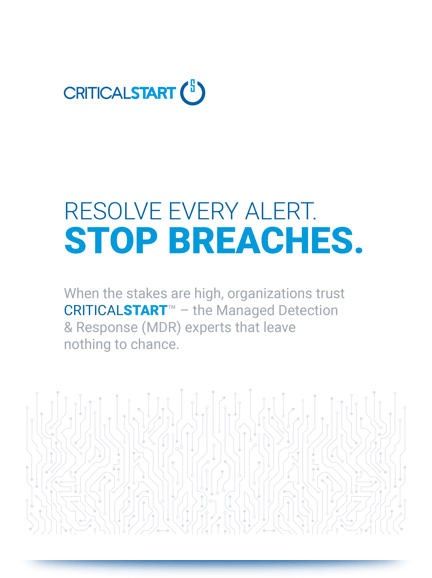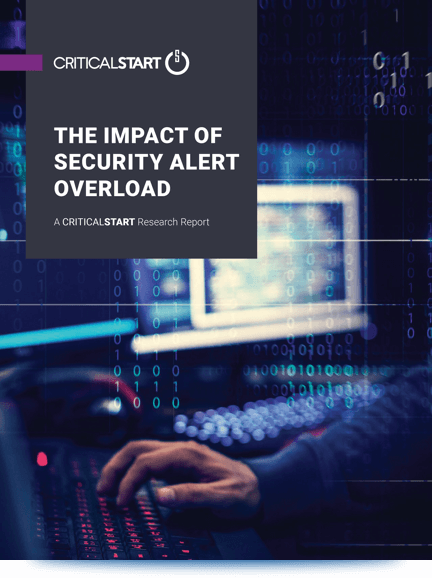Video Transcript:
Cybersecurity is a tough job, am I right? It’s your responsibility to keep the company safe from cyberattacks while simultaneously enabling them to stay innovative and up to date with the latest technology.
Your team is limited, and you rely heavily on security tools to catch the first signs of possible threats that you and your team might not see. Not to mention attacks that happen on nights and weekends when nobody is available to address them.
This all sound about right so far?
The problem is, what do you do with all the alerts coming from your security tools? You’re most likely familiar with the thousands upon thousands of alerts bombarding your email and completely filling up your time. This is pretty much your life now, isn’t it?
You’ve been forced into leaving the vast majority of your security alerts unchecked, or even worse, completely ignored. Every day you’re having to make compromises and accept risk.
But, you’re not alone. This is a problem so common, there’s a recognized term for it, “Alert Fatigue.” Whether you’ve heard this phrase or not, you’re most likely experiencing it in your business right now.
Okay, so how do we deal with alert fatigue? For years, the entire cybersecurity industry decided that the best way to handle alerts was to prioritize them based on how dangerous they seem; critical, high, medium, and low. But that’s not really how alerting should work. You can’t truly prioritize something without context.
FACT: Some of the largest cybersecurity breaches in history started with medium and low-security alerts
So, while you’re inundated with thousands upon thousands of alerts, and only focusing on high or critical threats, you’re allowing a hacker the dwell time they need to completely wreak havoc on your system.
CRITICALSTART’s approach to MDR, or Managed Detection and Response, took that legacy system of ranking alerts and completely wiped the slate clean. Rather than accepting risk and ignoring alerts of lower priority, CRITICALSTART actually starts by ranking every alert with the same priority.
But, how does that make it possible to resolve every security alert, reduce hacker dwell time, and stop breaches altogether? Let me explain…
CRITICALSTART looked closely at all alerts coming from different security tools and what they found was rather interesting. After a thorough investigation, they discovered that a huge portion of incoming security alerts could be verified as harmless, trusted behaviors. And once an alert is classified as a trusted behavior, there is no reason to keep looking at it again, and again, and again.
This is why CRITICALSTART developed their trusted behavior registry – which makes it possible to focus only on the unknown alerts that could potentially lead to threats.
Any unknown alert is reviewed by CRITICALSTART’s team of highly trained analysts who are available 24/7/365 days a year, to help you address and resolve every alert that needs further investigation. Because 24/7 security requires 24/7 monitoring and response.
Did I mention that you can detect, resolve, and remediate every alert right from your phone, with CRITICALSTART’s mobile app? Yep. That’s 100% convenience right there.
This is what it means to effectively stop accepting risk. CRITICALSTART is here to defend your network and stop breaches, by providing you with the tools and the team to resolve every alert around the clock — with full transparency and the only service delivered via iOS and Android apps.
We leave nothing to chance. We stop breaches. We are CRITICALSTART.




